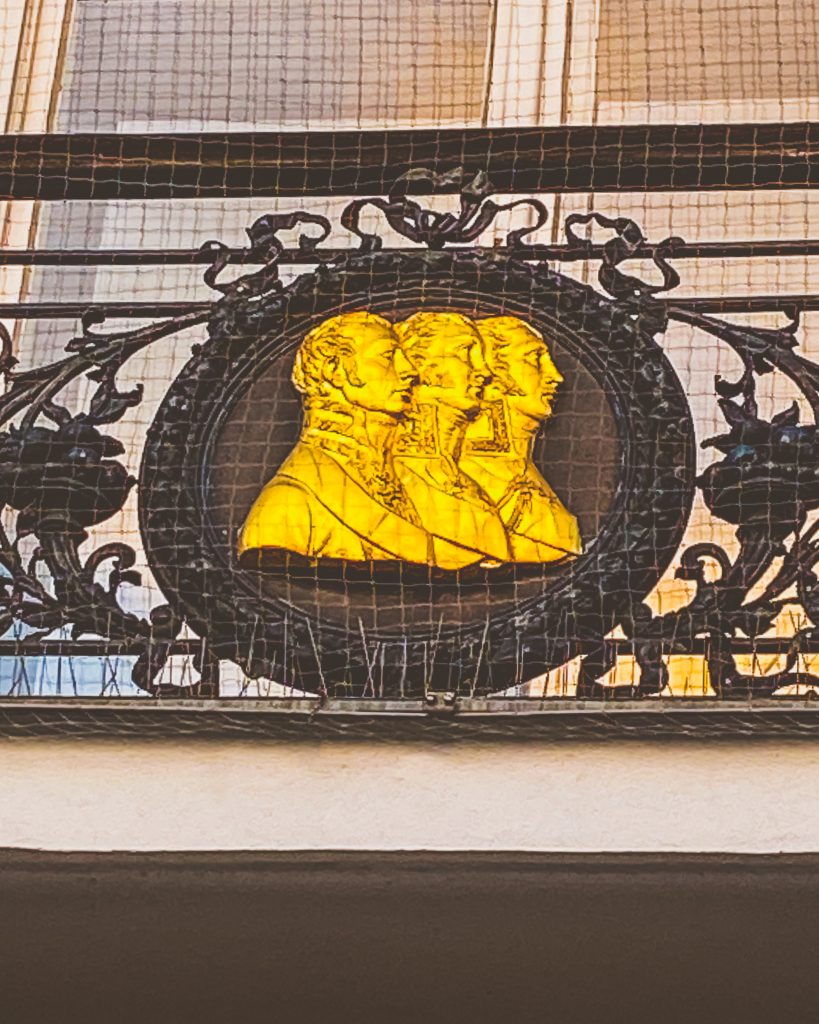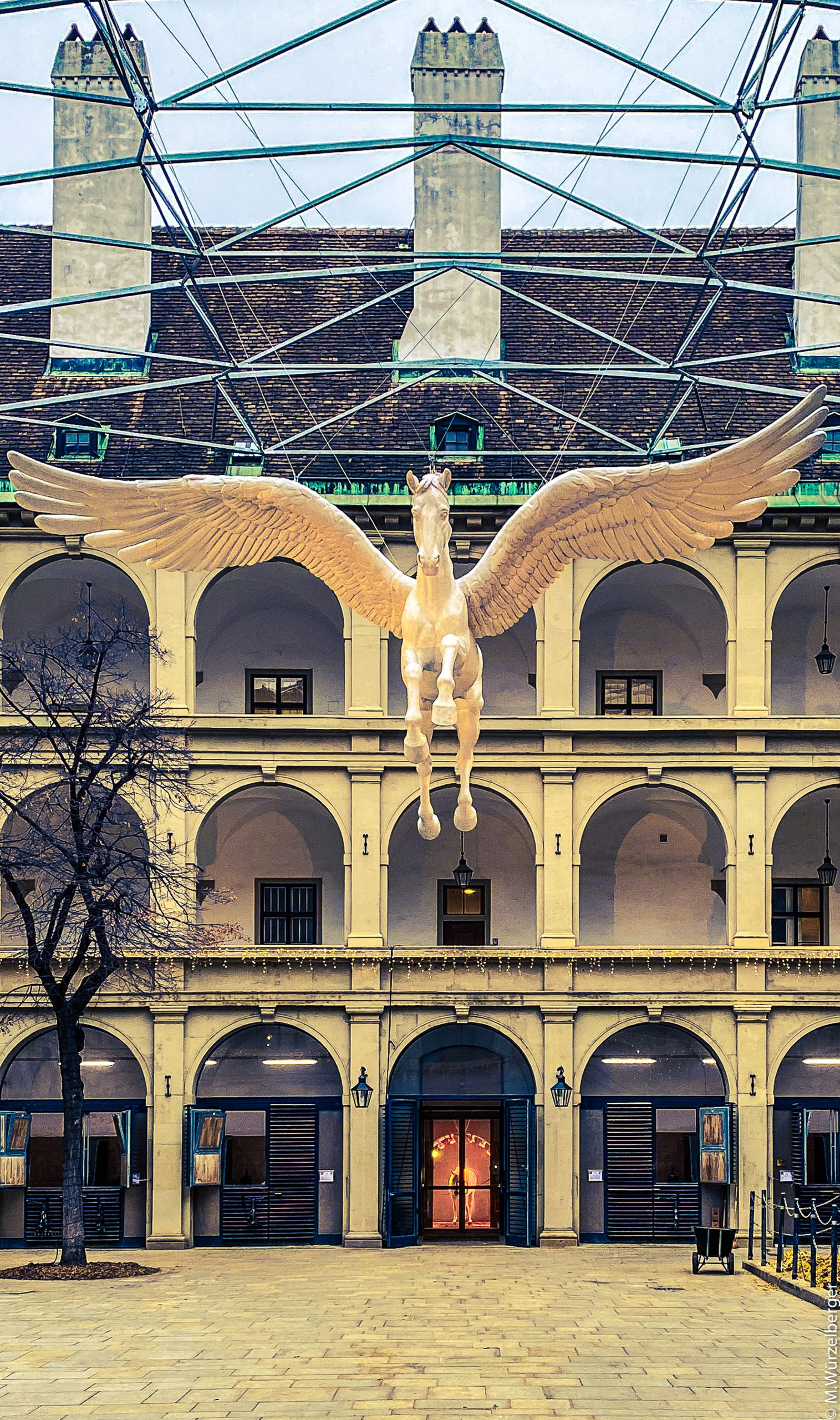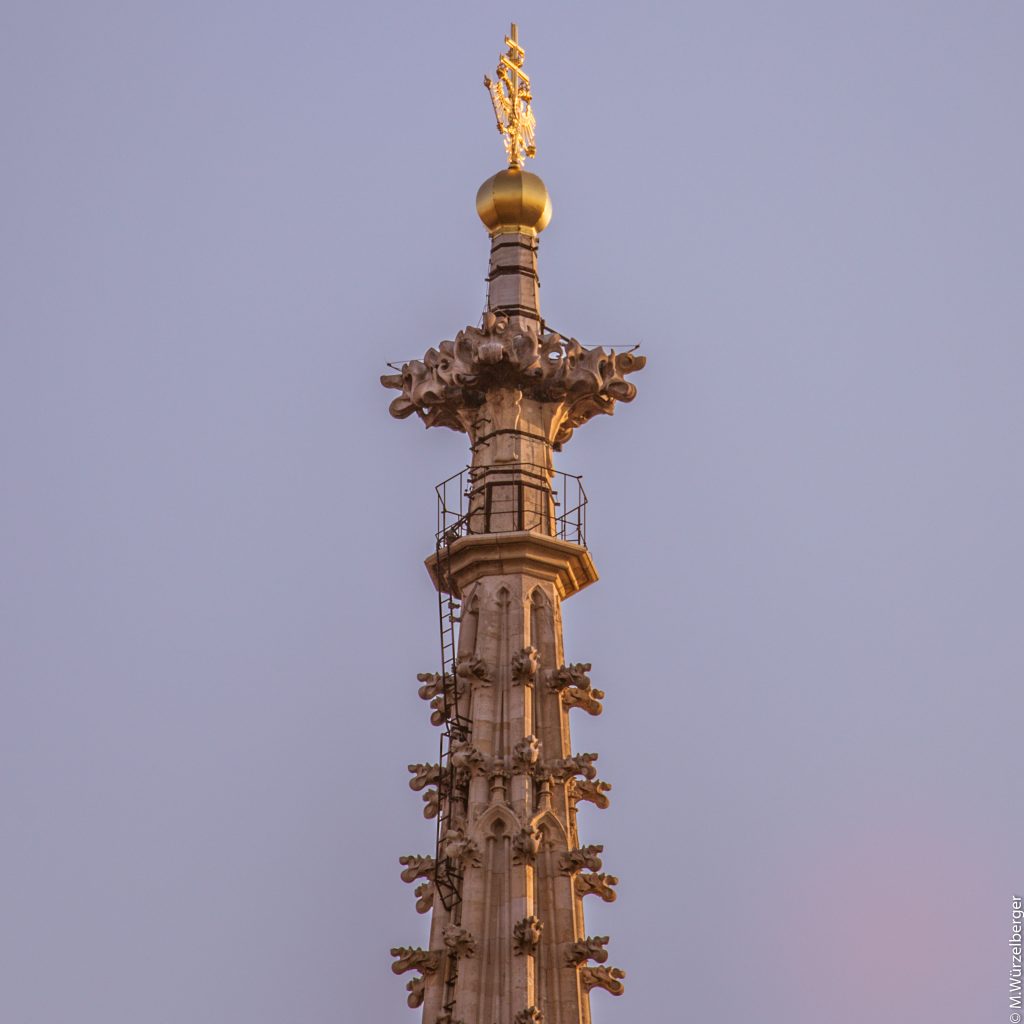Water reservoir Hackenberg

The water reservoir iput into operation together with the 2nd Viennese high spring water pipeline in 1910. With its neo-Romanesque-secessionist architectural style it still represents an exceptional example of the transfer of representative architecture to a utility building.
With a capacity of 11,800 m3, the plant is still part of the Vienna water supply and a popular destination on the Hackenberg.







